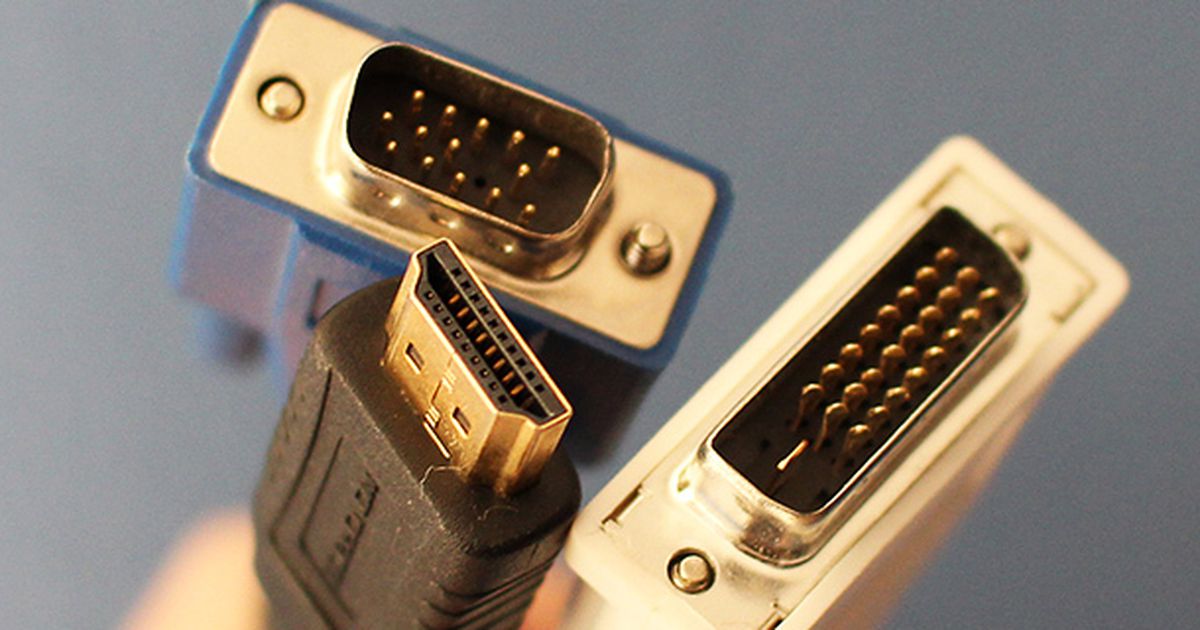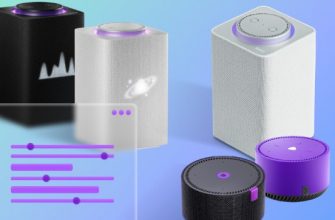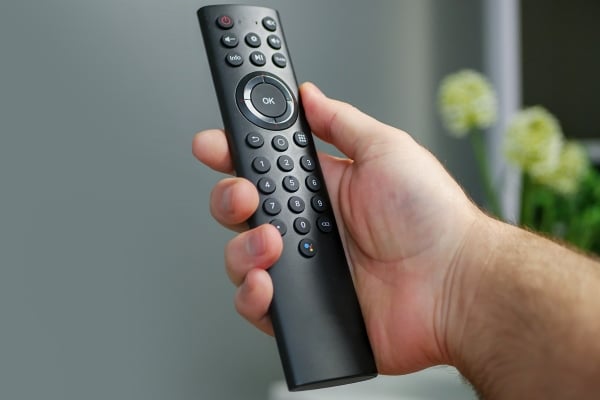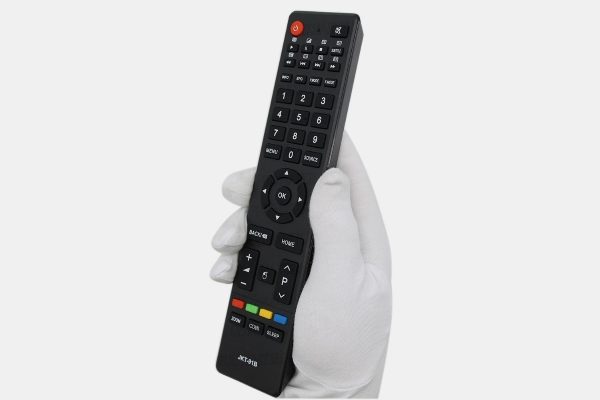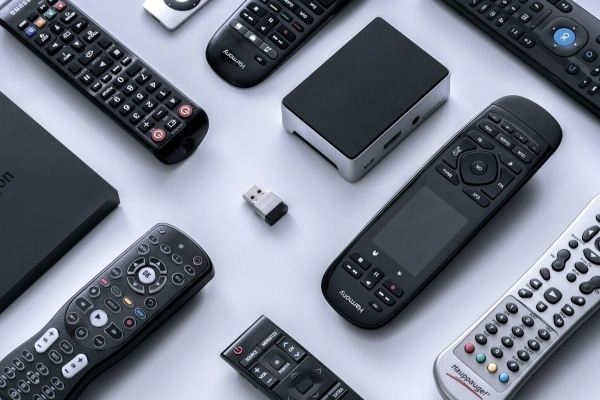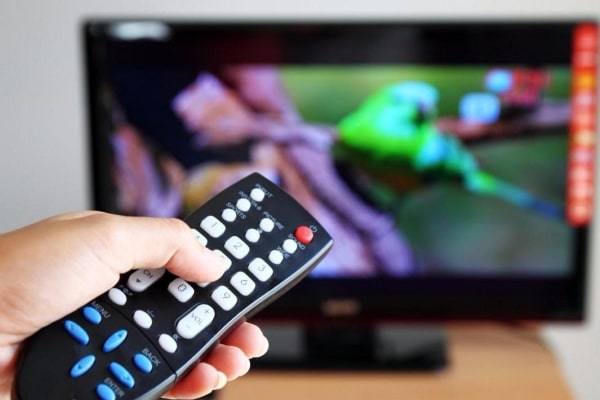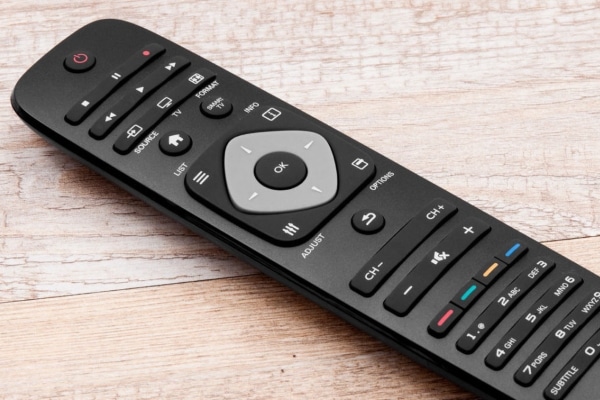HDMI, DVI, VGA and DisplayPort interfaces are currently one of the most popular interfaces for transmitting video and audio signals. Each port has its pros and cons.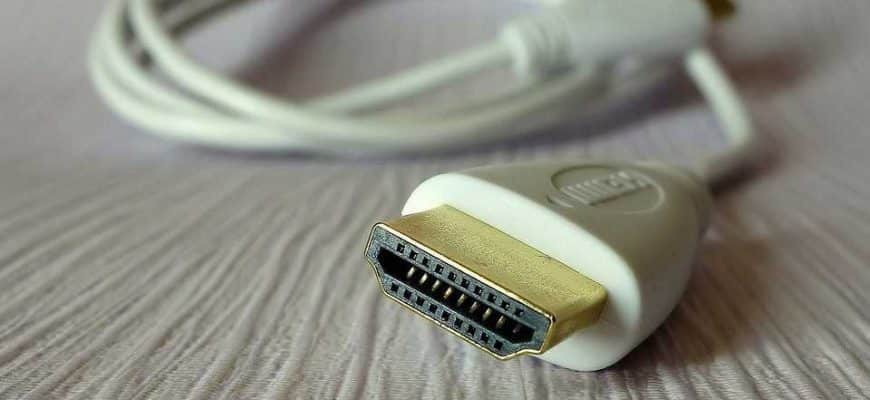
Using ports not only in monitors, but also in TVs
Many users are concerned about the question, DVI, Displayport or HDMI – which is better for a monitor / TV. It should be noted that the latter two are capable of broadcasting high-resolution video and audio from the main transmitter to the display. Considering the differences between HDMI and Displayport, it is worth noting the latter’s ability to change bandwidth settings. By connecting through this port provides high speed data transfer to multiple devices simultaneously. The display port is often used when
connecting a PC to a Smart TV , when
connecting a TV to a home theaterand when connecting up to 4 computer monitors in parallel. They, in turn, do not need to be connected to the source computer. Comparing HDMI VS VGA, the first interface is considered more versatile and functional.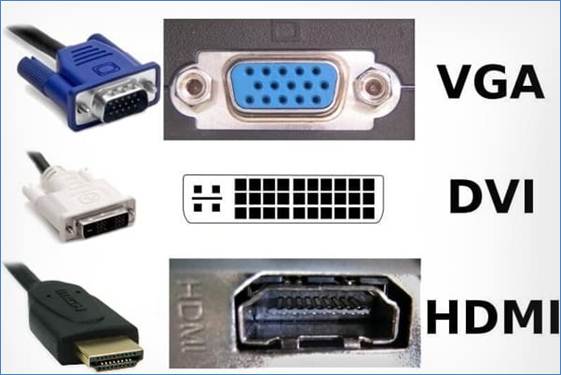 However, the HDMI port is used everywhere – it is equipped with modern models of TVs, set-top boxes, consoles, laptops, video players and cameras. This interface allows you to expand the functionality of the device by connecting a game console or digital TV receiver to a PC.
However, the HDMI port is used everywhere – it is equipped with modern models of TVs, set-top boxes, consoles, laptops, video players and cameras. This interface allows you to expand the functionality of the device by connecting a game console or digital TV receiver to a PC. Despite this, do not forget about the existence of a display port, which is also capable of transmitting sound and picture over a single cable. In this regard, there is a doubt about how best to connect a monitor / smart TV via HDMI or Displayport.
Despite this, do not forget about the existence of a display port, which is also capable of transmitting sound and picture over a single cable. In this regard, there is a doubt about how best to connect a monitor / smart TV via HDMI or Displayport.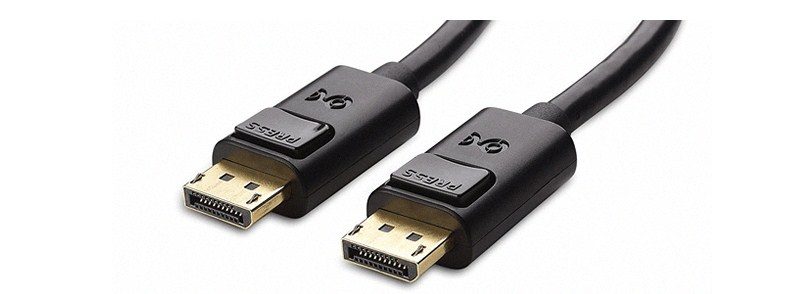
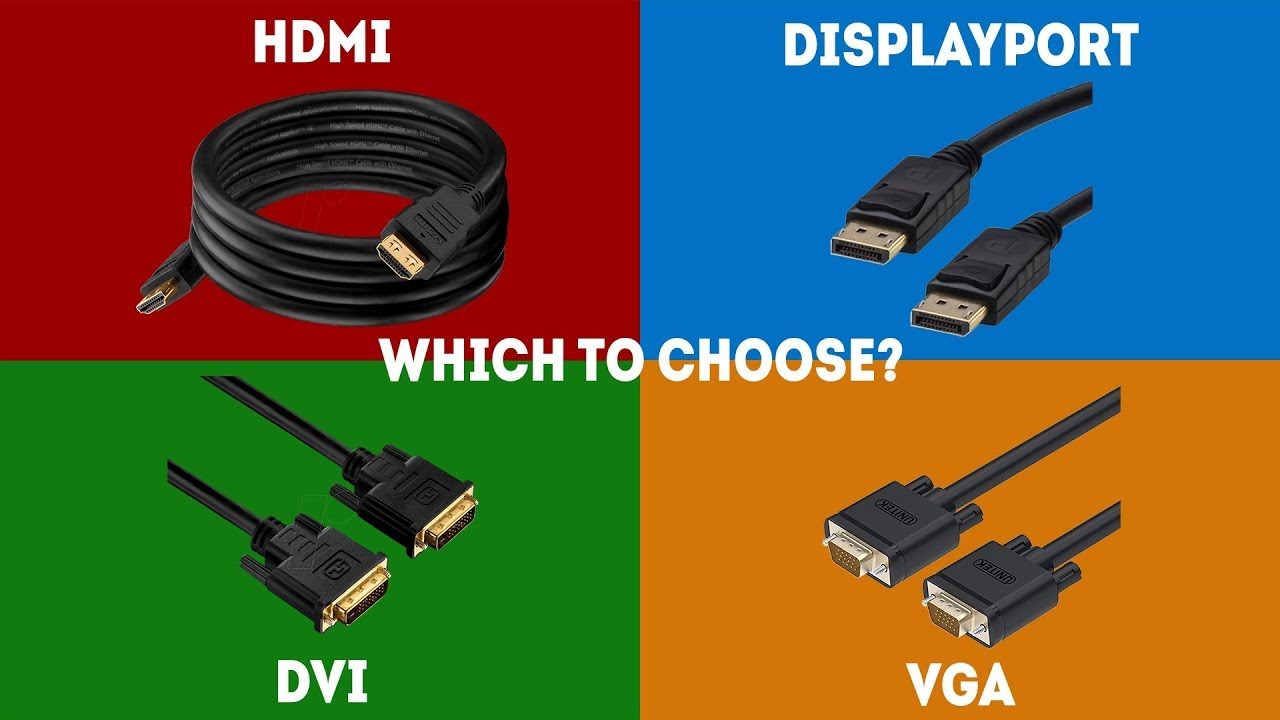
HDMI, DVI and DisplayPort cables and interfaces – let’s understand the theory
HDMI is a digital cable for the simultaneous transmission of image and audio. It was developed by six major manufacturers of household appliances. After the creation of this interface, there was no need to use bulky wires of the RCA standard. Using this cable, it became more convenient to connect the equipment to each other. Now you do not need to figure out which input is used for which cord. By connecting devices via HDMI, you can watch videos in ultra-clear FHD resolution. Also, the connector is used to watch digital television in HD TV format. Displayport is a new generation standard for connecting displays and graphics cards. Initially, the interface was designed to work with a PC. With its help, it was possible to obtain a high data transfer rate required to run demanding computer games. HDMI, DVI, VGA and DisplayPort – the difference can be seen visually [/ caption] As digital television developed, the display port began to be used to connect TV. Therefore, if we say which is better than DP or HDMI, then the first one has a greater bandwidth and image broadcast quality. When compared with the Displayport DVI interface, the latter video interface is inferior to it in many respects. Its plug does not have a self-locking mechanism. Also, many 4K displays are not compatible with the DVI standard, and the ports are limited to video only.
HDMI, DVI, VGA and DisplayPort – the difference can be seen visually [/ caption] As digital television developed, the display port began to be used to connect TV. Therefore, if we say which is better than DP or HDMI, then the first one has a greater bandwidth and image broadcast quality. When compared with the Displayport DVI interface, the latter video interface is inferior to it in many respects. Its plug does not have a self-locking mechanism. Also, many 4K displays are not compatible with the DVI standard, and the ports are limited to video only.
Varieties of HDMI, DVI and DisplayPort: a description of each connector with pros and cons
The HDMI cable has a high bandwidth, so you can avoid compressing digital data. This maintains a high resolution that is superior to a USB connection.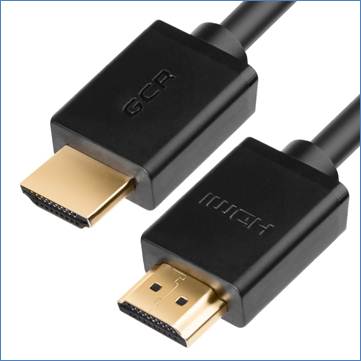 There are several types of HDMI interface:
There are several types of HDMI interface:
- Standard Cable is a budget option that is designed to broadcast video as 720 or 1080 pixels. Suitable for connecting household appliances with undemanding parameters. For example, for a DVD player, satellite TV, LCD panel or plasma.
- Standard Cable with Ethernet – This specification supports bi-directional bandwidth at about 100 Mbps. Through it, you can get a high speed network connection and distribute content to other connected devices. With support for audio return channel, audio playback is available without additional cords.
- High Speed Cable is an advanced version that supports 4K video format. The cable is designed to connect devices that transmit images in higher quality. Supports 3D and Deep Color technology. However, the refresh rate is 24Hz, which is not enough for gaming.
- High Speed Cable with Ethernet – this version supports all previous technology solutions. It also allows you to connect to high-speed Internet.
In addition to the listed versions of the standard, a fifth one is being developed, designed to ensure the implementation of the HDMI 2.1 specification. With Audio Return Channel technology, the audio is sent back to the receiver, eliminating the need to connect another cable for audio playback. There is a standard display port protocol. Version 1.3 allows you to transfer video in resolutions up to 3840Ⅹ2160 and frame rates up to 60 Hz. Specification 1.4 expanded the capabilities – up to 7680Ⅹ4320 points and frame rate – up to 240 Hz. This interface supports all types of encryption, including 3D file formats. The display cable allows you to transmit multi-channel digital audio. However, it does not provide Internet access and does not support Audio Return Channel technology. Displayport is classified into several types of connectors. The full-size version is used for PC monitors and video cards, the mini-format is used for laptops, and the micro-port is used for connecting mobile devices. https://cxcvb.com/texnika/televizor/periferiya/mini-displayport.html Everything about VGA, HDMI, DVI and Display Port interfaces, the difference, advantages and disadvantages, which port to use in different situations: https://youtu. be/mSX_30XyCBo
The display cable allows you to transmit multi-channel digital audio. However, it does not provide Internet access and does not support Audio Return Channel technology. Displayport is classified into several types of connectors. The full-size version is used for PC monitors and video cards, the mini-format is used for laptops, and the micro-port is used for connecting mobile devices. https://cxcvb.com/texnika/televizor/periferiya/mini-displayport.html Everything about VGA, HDMI, DVI and Display Port interfaces, the difference, advantages and disadvantages, which port to use in different situations: https://youtu. be/mSX_30XyCBo
When to use each connector
Having decided to find out through which it is better to connect a monitor or smart TV – via HDMI or Displayport, it is recommended to give preference to the second option. The first video interface is more suitable for connecting displays that support resolutions up to 1080i. Comparing HDMI VS DVI, it is worth noting that the latter interface is considered obsolete. It used to be used to connect a video card and a PC monitor, but was later replaced by a display port. If the question arose whether DVI transmits sound or not, then the answer is no. In addition, this connector is bulky and prone to damage to contacts. Also, many flat-screen TVs do not have it.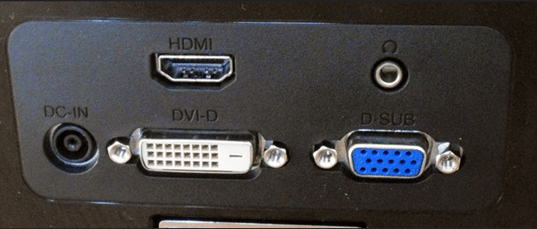 If you are interested in which display port or HDMI is better for games, then the choice is in favor of Displayport. It has increased bandwidth, is used in powerful video cards and allows you to connect up to four monitors.
If you are interested in which display port or HDMI is better for games, then the choice is in favor of Displayport. It has increased bandwidth, is used in powerful video cards and allows you to connect up to four monitors.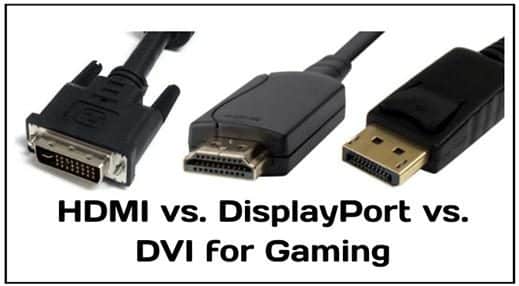
Which is better – a comparison table of three connectors
If you needed to quickly compare which is better than Displayport, HDMI or DVI, then you should consider in more detail the features of each interface. The table shows the differences between these connectors.
| Comparison criterion | display port | HDMI | DVI |
| Video and audio transmission | Used to transmit digital data. Can broadcast audio and video. Multiple monitors can be connected to it, transmitting independent images. Supports 8K video streaming at up to 60 frames | Capable of broadcasting PAL video and HDTV resolution. Supports 2-channel audio and 6-track home theater audio tracks | The standard is intended only for image transmission. The DVI-I version is capable of broadcasting analog and digital signals, while the DVI-D version is only digital. |
| Dimensions and ease of use | The connector resembles HDMI and has identical dimensions. | Looks like a USB connector. Saves space with a single cable that supports audio and video formats | Differs in large dimensions, creating difficulties with the placement of the cable. If you want to play audio, you need an audio cable |
| Durability | Both cables are endowed with fairly durable contacts that are resistant to damage. | Has thin contacts that can easily break if not carefully connected | |
